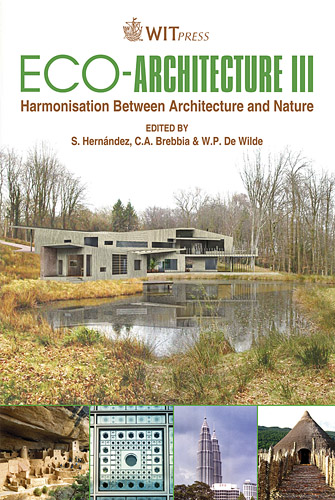The Harmonisation Between Architecture And Nature In The Desert Of Iran With A Hot And Dry Climate
Price
Free (open access)
Transaction
Volume
128
Pages
12
Page Range
295 - 306
Published
2010
Size
5013 kb
Paper DOI
10.2495/ARC100251
Copyright
WIT Press
Author(s)
F. Daneshpanah & M. Mousavizade
Abstract
In the modern world, achieving the methods of design and construction with the aim of achieving a balance between art and architecture in a special environment is very important. Iran, a four season country with different climates, could be used as a case study about the harmonization between architecture and nature. By reviewing the architecture and urban design in a hot and dry environment, we discover that the traditional architects have had several solutions to overcome the climate challenges. The conclusion of these solutions leads to the creation of practical and executive works. These architectural methods are the main subjects of study in this paper. Some of these methods are as follows: solar orientation of the functional spaces in the buildings; functioning of the complex system of the air circulation between the wind-catcher, fountain, and interior spaces; designing special spaces for different seasons around the inner courtyard in private houses; creating special spaces for different seasons (for example, colonnade, garden, underground gardens, cellar); smart light control systems in openings. In conclusion we can use modern eco-architecture and apply such design solutions to achieve the passive systems for architecture in hot and dry climates without incurring much expense. Keywords: traditional architecture, desert houses, wind-catcher, passive air conditioning systems, sash windows, court yard, natural lighting.
Keywords
traditional architecture, desert houses, wind-catcher, passive airconditioning systems, sash windows, court yard, natural lighting





